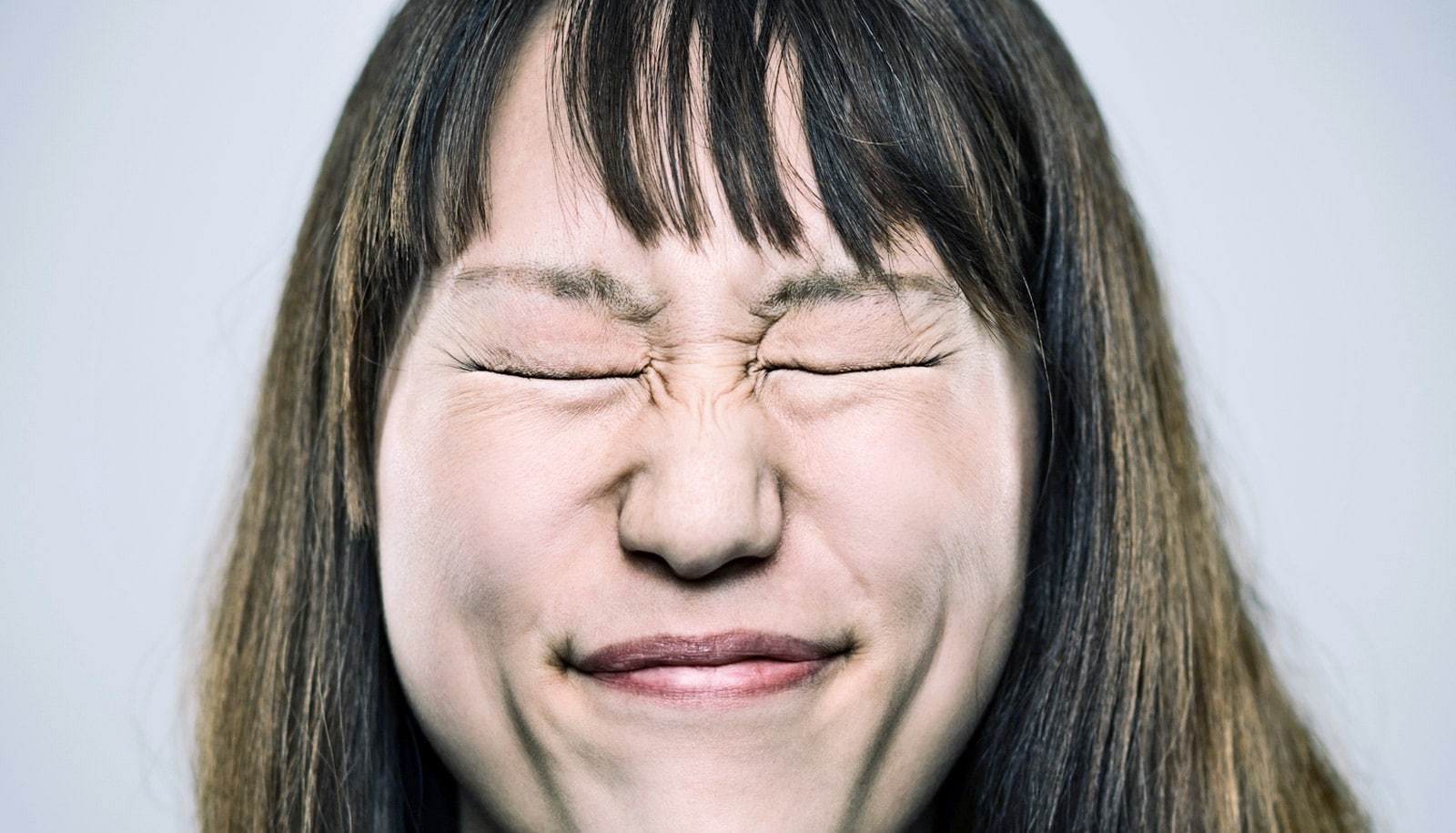Meditation is marketed as a treatment for pain, depression, stress, and addiction, but it can leave some people more distressed than at peace.
“Many effects of meditation are well known, like increased awareness of thoughts and emotions, or improved calm and well-being,” says study lead author Jared Lindahl, visiting assistant professor at Brown University’s Cogut Center for the Humanities.
“But there is a much broader range of possible experiences. Exactly what those experiences are, how they affect individuals, and which ones show up as difficult is going to be based on a range of personal, interpersonal, and contextual factors.”
Researchers sought out “challenging” experiences because they are underrepresented in the scientific literature. With that goal, the study, published in PLOS ONE, was not designed to estimate how common those experiences are among all meditators.
Instead the purpose was to provide detailed descriptions of experiences and to start to understand the multiple ways they are interpreted, why they might happen, and what meditators and teachers do to deal with them.
Though rare in the scientific literature, the broader range of effects including meditation-related difficulties have been documented in Buddhist traditions. For example, Tibetans refer to a wide range of experiences—some blissful but some painful or disturbing—as “nyams.” Zen Buddhists use the term “makyō” to refer to certain perceptual disturbances.
“While the positive effects have made the transition from Buddhist texts and traditions to contemporary clinical applications, the use of meditation for health and well-being has obscured the wider range of experiences and purposes traditionally associated with Buddhist meditation,” Lindahl says.
To understand the range of experiences encountered among Western Buddhists practicing meditation, researchers interviewed nearly 100 meditators and meditation teachers from each of three main traditions: Theravāda, Zen, and Tibetan. Each interview told a story, which the researchers meticulously coded and analyzed using qualitative research methodology.
The researchers also employed standardized causality assessment methods that agencies like the US Food and Drug Administration use to ensure that meditation likely played a causal role in the experiences they documented.
Seven domains
Based upon the interviews, the researchers developed a taxonomy of 59 experiences organized into seven types, or “domains”: cognitive, perceptual, affective (i.e. emotions and moods), somatic (relating to the body), conative (i.e. motivation or will), sense of self and social. They also identified another 26 categories of “influencing factors” or conditions that may impact the intensity, duration or associated distress or impairment.
All meditators reported multiple unexpected experiences from across the seven domains of experience. For example, a commonly reported challenging experience in the perceptual domain was hypersensitivity to light or sound, while somatic changes such as insomnia or involuntary body movements were also reported. Challenging emotional experiences could include fear, anxiety, panic, or a loss of emotions altogether.
Further, the duration of the effects people described in their interviews varied widely, ranging from a few days to months to more than a decade, says Willoughby Britton, assistant professor of psychiatry and human behavior.
Sometimes experiences were ostensibly desirable, such as feelings of unity or oneness with others, but some meditators reported them going too far, lasting too long or feeling violated, exposed, or disoriented. Others who had meditation experiences that felt positive during retreats reported that the persistence of these experiences interfered with their ability to function or work when they left the retreat and returned to normal life.
“This is a good example of how a contextual factor can affect associated distress and functioning,” Lindahl says. “An experience that is positive and desirable in one situation may become a burden in another.”
Exercise + meditation rein in negative thoughts
Moreover, in some cases, an experience that some meditators reported as challenging, others reported as positive. To understand why this was the case, the researchers also aimed to determine the “influencing factors” that affect the desirability, intensity, duration, and impact of a given experience.
“Each meditator had their own unique story.”
The researchers documented four main domains of influencing factors: practitioner-related (i.e. the meditator’s personal attributes), practice-related (such as how they meditated), relationships (interpersonal factors), and health behaviors (such as diet, sleep, or exercise). For example, a meditator’s relationship with the instructor was for some people a source of support and for others a source of distress.
While many teachers cited the meditator’s practice intensity, psychiatric history or trauma history, and quality of supervision as important, these factors appeared to play a role only for some meditators. In many cases, challenging experiences could not be attributed to just those factors.
“The results also challenge other common causal attributions, such as the assumption that meditation-related difficulties only happen to individuals with a pre-existing condition (psychiatric or trauma history), who are on long or intensive retreats, who are poorly supervised, who are practicing incorrectly, or who have inadequate preparation.”
You’re not the only one
The influencing factors are testable hypotheses,” not conclusive causes, the researchers say. Future studies could investigate whether certain types of practice are associated with different kinds of challenging experiences, or whether the degree of perceived social support influences the duration of distress and impairment.
“It is likely that an interaction of multiple factors is at play,” Lindahl says. “Each meditator had their own unique story.”
Meditation calms, even if you’re not mindful
It’s important to acknowledge that this study represents an initial step in a much longer discussion and investigation, Britton says. “The take-home message is that meditation-related challenges are a topic worthy of further investigation, but there is still a lot more to understand.”
If future research can uncover why challenging experiences arise, then meditators and teachers might be in a better position to manage them, the authors write.
But even before that, they hope people will recognize that adverse experiences are not necessarily unique to them or their fault. When meditation is often discussed as producing only positive results, meditators can feel stigmatized and isolated if they experience a problem.
“During the interviews, some people learned for the first time that they are not completely alone in having had this experience,” Lindahl says. “The social awareness we think this project can raise could be a key way of addressing some of the problems.”
One of the remedies people cited for dealing with problems was simply having someone they could talk to who was familiar with challenging meditation experiences.
“Our long-term hope is that this research, and the research that follows, can be used by the meditation community to create support systems for the full range of meditation-related experiences,” Britton says. “Really, the first step is acknowledging the diversity of experiences that different people can have.”
Other researchers from Brown University and from University of California, Santa Barbara, are coauthors of the study. The National Center for Complementary and Alternative Medicine at the National Institutes of Health, the Bial Foundation, the Mind and Life Institute, and the 1440 Foundation funded the work.
Source: Brown University



